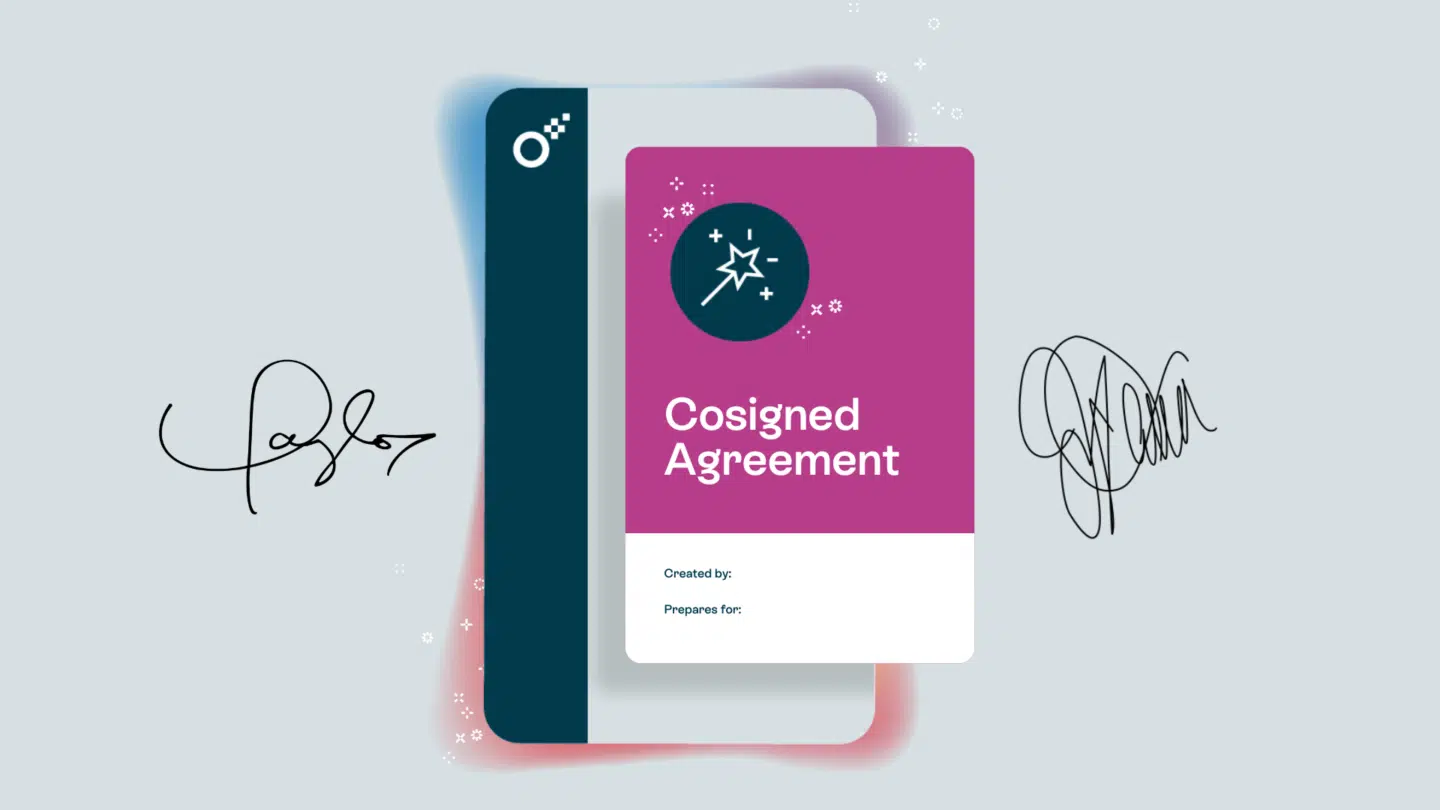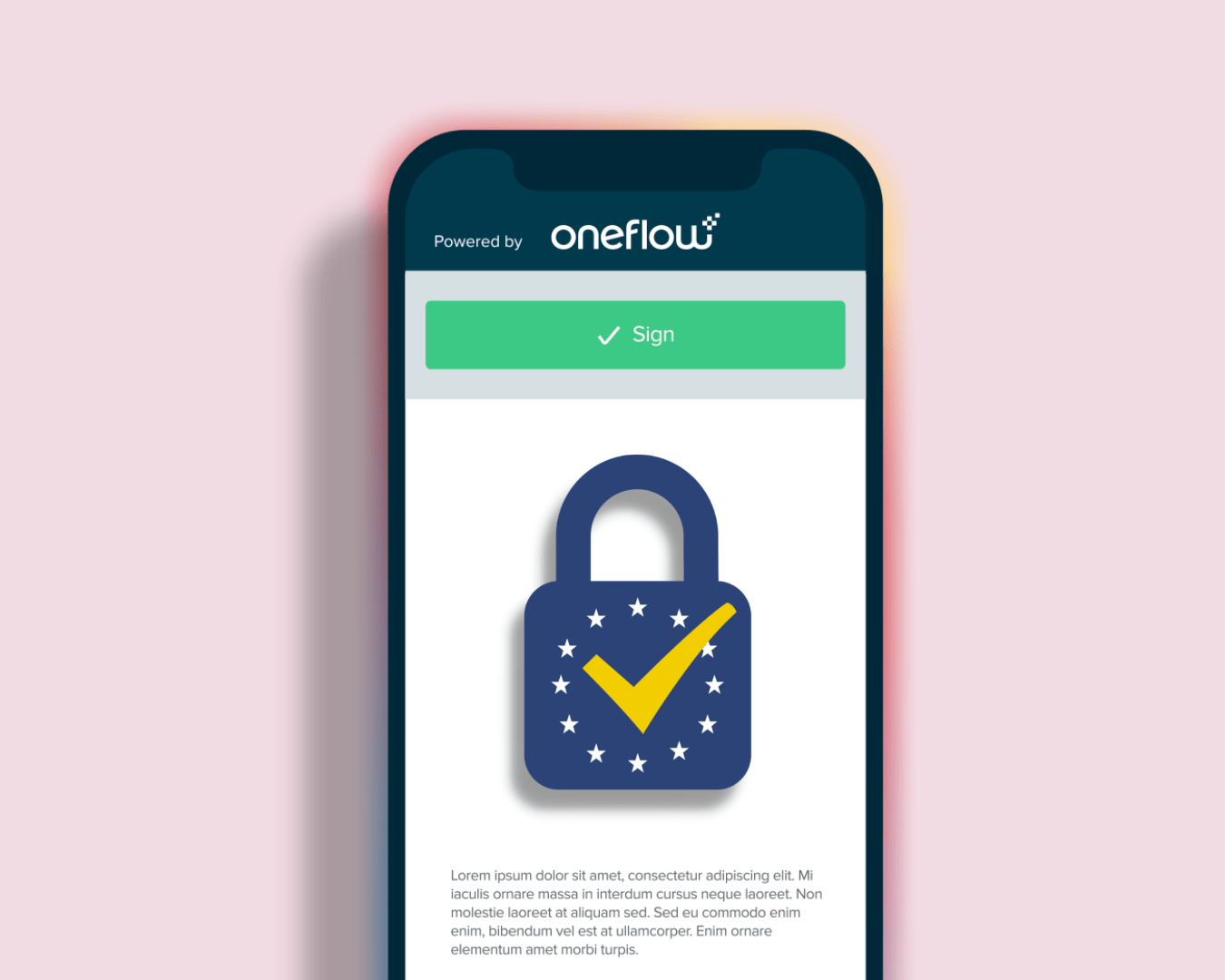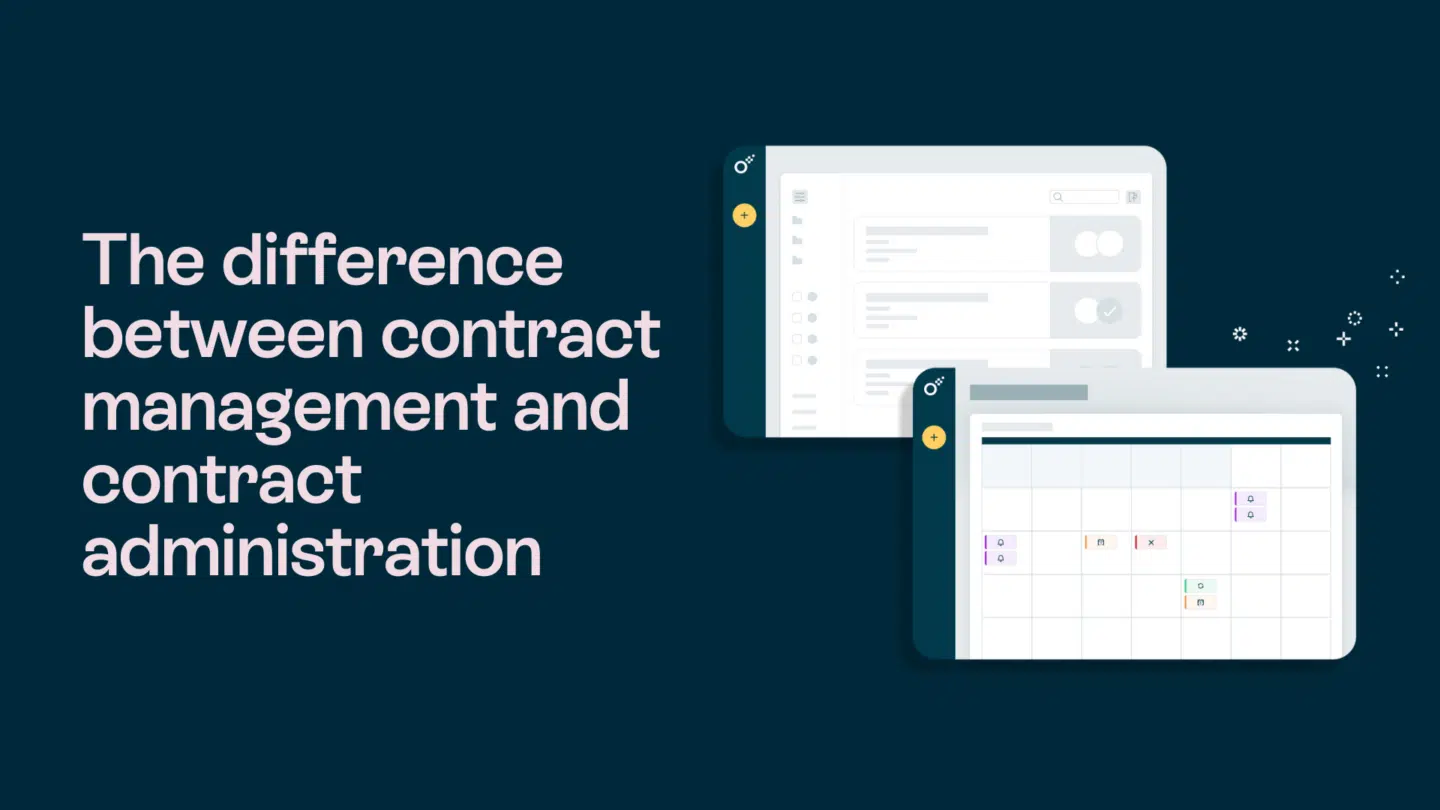A cosigned agreement is a legally binding contract where one party (the cosigner) agrees to take responsibility for the obligations of another party if they fail to meet their commitments. This is common in financial agreements, leases, and business contracts, ensuring additional security for the primary party involved.
In this guide, we’ll walk you through everything you need to know about cosigning an agreement, including key considerations, involved parties, and use cases.

What is a cosigned agreement?
A cosigned agreement is a contract where a cosigner adds their signature alongside the primary signer, providing a financial or legal guarantee. This is often required when the primary signer lacks credit history, financial stability, or legal credibility.
Types of cosigned agreements:
- Loan agreements – A cosigner agrees to repay a loan if the primary borrower defaults.
- Lease agreements – A cosigner takes responsibility for rent payments if the primary tenant fails to pay.
- Business contracts – A cosigner guarantees performance or payment obligations in a business deal.
- Legal settlements – A cosigner ensures compliance with agreed legal terms.
Considerations before cosigning an agreement
Before cosigning an agreement, consider the following:
- Understand your liability – As a cosigner, you are legally responsible for fulfilling the obligations if the primary party defaults.
- Assess the risk – Ensure that the primary party is reliable and financially responsible.
- Review the contract terms – Clarify the extent of your responsibilities before signing.
- Check credit implications – A cosigned loan or financial contract may impact your credit score if payments are missed.
Read also: How to sign a power of attorney?
Who is involved in cosigning an agreement?
- Primary signer – The individual who benefits from the agreement.
- Cosigner – The person providing financial or legal assurance.
- Lender or contract holder – The entity issuing the agreement.
- Witnesses or notary – Some contracts require witnesses or notarization to be legally binding.

How to cosign an agreement: Step-by-step guide
Step 1: Review the agreement carefully
Before signing, thoroughly review the document to understand:
- The financial and legal obligations.
- The duration of your liability.
- Any conditions that would release you from the contract.
Step 2: Verify the primary signer’s ability to fulfill the contract
Assess the financial stability and reliability of the primary signer. Request supporting documents such as credit history, income proof, or references to gauge their ability to meet obligations.
Step 3: Discuss alternative options
If you are hesitant about cosigning, consider:
- Requesting a limited cosigning agreement – Some contracts allow cosigners to have limited liability.
- Setting up a security deposit or guarantee – This can reduce the cosigner’s risk.
- Asking for joint responsibility – This ensures shared obligations rather than full liability on the cosigner.
Read also: How to sign contracts online? A complete guide
Step 4: Sign the agreement in the presence of relevant parties
- The cosigner and primary signer must sign the document together.
- A notary public or witness may be required, depending on legal jurisdiction.
- Ensure that both parties receive copies of the signed agreement for reference.
Step 5: Keep track of the agreement’s status
- Monitor payment schedules or obligations to ensure compliance.
- Maintain communication with the primary signer about their responsibilities.
- Regularly review your credit report (if applicable) to detect any potential issues.
Step 6: Explore cosigner release options (if available)
Some agreements allow cosigners to be released from their obligations after a set period or once the primary signer meets certain conditions. Check the contract for any cosigner release clauses and follow the necessary steps to remove your liability.
Use cases: When would you cosign an agreement?
A cosigned agreement is useful in various situations, including:
- Helping a family member get a loan – A parent may cosign a loan to help their child secure a mortgage or car loan.
- Supporting a tenant with limited credit history – Landlords may require a cosigner for renters with insufficient credit or income.
- Ensuring business stability – A business partner may cosign a financial contract to provide assurance to lenders or suppliers.
- Medical or legal agreements – A cosigner may be required in cases where financial responsibility must be guaranteed for medical treatment or legal settlements.
Final thoughts
Cosigning an agreement is a serious commitment that carries financial and legal risks. By following the steps outlined in this guide, you can make an informed decision and ensure your cosigning responsibilities are clear.
If you’re unsure about any aspect of cosigning, consulting a legal or financial professional can help you understand the implications before committing to the agreement.
Disclaimer
All information on this page is derived from publicly available sources. Oneflow does not verify the accuracy, completeness, or currentness of this information. Accordingly, Oneflow assumes no responsibility or liability for any inaccuracies, errors, or omissions in the content, nor for any actions taken in reliance on such information. Users are advised to independently verify any information before making decisions based on it.









